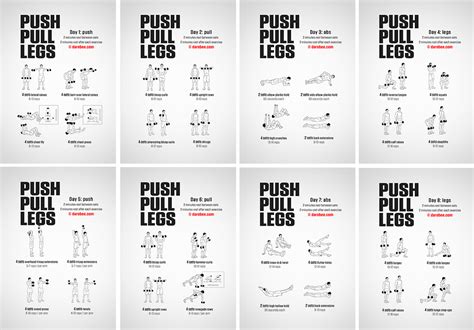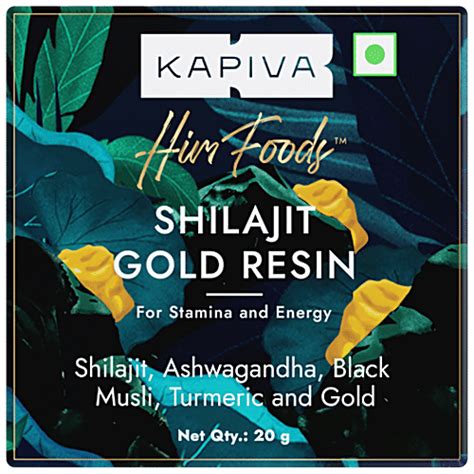Busy schedule? What workout split maximizes strength, size, and peak performance?

Balancing Ambition with a Hectic Life
In today’s fast-paced world, finding time for a comprehensive fitness regimen can feel like an Olympic challenge in itself. You want to build strength, increase muscle size, and perform at your peak, but your schedule often dictates otherwise. The good news is that you don’t need to live in the gym to achieve remarkable results. The key lies in strategic planning and choosing the right workout split – a method that divides your training into different muscle groups or movement patterns over the week – to maximize efficiency and effectiveness.
This article will explore popular workout splits tailored for individuals with demanding schedules, focusing on how each can contribute to strength gains, muscle hypertrophy, and overall performance.

The Core Principle: Efficiency and Recovery
Regardless of the split you choose, two principles must underpin your training for success: efficiency and adequate recovery. Efficiency means selecting compound exercises that work multiple muscle groups simultaneously, maximizing your time under tension. Recovery ensures your body has enough time to repair and grow, preventing overtraining and burnout. Progressive overload, the gradual increase in stress placed on the body during exercise, is also paramount for continuous gains in strength and size.
Top Workout Splits for the Time-Strapped Athlete
1. Full-Body Training (2-3 Days/Week)
Ideal For: Beginners, individuals with very limited time, or those looking to maintain fitness.
How It Works: You train all major muscle groups in each session, typically 2-3 non-consecutive days per week. This allows for ample recovery between workouts while providing high frequency for each muscle group.
Benefits for Strength, Size, and Performance:
- Strength: Frequent exposure to compound movements (squats, deadlifts, presses, rows) helps consolidate motor patterns and drive strength gains rapidly.
- Size: While total weekly volume per muscle group might be lower than other splits, the high frequency ensures consistent stimulus for growth.
- Performance: Promotes overall athletic development and muscular balance, as all major movement patterns are trained regularly.

2. Upper/Lower Split (3-4 Days/Week)
Ideal For: Intermediate lifters, those who can commit 3-4 days to the gym, and individuals seeking a good balance of frequency and volume.
How It Works: You divide your training into upper body days and lower body days. A common setup is Upper/Lower/Rest/Upper/Lower/Rest/Rest, or a 3-day version like Upper/Lower/Full Body. Each muscle group is typically hit twice a week.
Benefits for Strength, Size, and Performance:
- Strength: Allows for more focused attention on upper and lower body compound movements with sufficient recovery.
- Size: Provides higher weekly volume per muscle group compared to full-body, promoting hypertrophy.
- Performance: Excellent for balanced development, addressing both pushing/pulling movements and powerful leg drive.

3. Push/Pull/Legs (PPL) Split (3-6 Days/Week)
Ideal For: Intermediate to advanced lifters with 3-6 days available, aiming for high frequency and volume to maximize growth and strength.
How It Works: Muscles are grouped by their function: PUSH (chest, shoulders, triceps), PULL (back, biceps), and LEGS (quads, hamstrings, glutes, calves). This can be run once (3 days), or twice (6 days) a week with rest days as needed.
Benefits for Strength, Size, and Performance:
- Strength: The PPL split allows for specific focus on pushing, pulling, and leg strength, with high frequency if run twice a week.
- Size: Very effective for hypertrophy due to the ability to accumulate significant volume for each muscle group while providing adequate recovery for the trained muscle group before its next session.
- Performance: Mimics natural movement patterns and is highly adaptable for sport-specific strength development.

Beyond the Split: Maximizing Your Efforts
While choosing the right split is crucial, it’s only one piece of the puzzle. To truly maximize strength, size, and peak performance, consider these factors:
- Nutrition: Fuel your body with adequate protein for muscle repair and growth, complex carbohydrates for energy, and healthy fats for hormonal balance.
- Sleep: Aim for 7-9 hours of quality sleep per night. This is when your body does most of its repair and recovery.
- Progressive Overload: Consistently strive to lift heavier, perform more reps, or increase time under tension. Without this, your muscles have no reason to adapt and grow.
- Consistency: The best workout split is the one you can stick to consistently. Small, regular efforts trump sporadic, intense bursts.
- Listen to Your Body: Don’t be afraid to take an extra rest day or modify a workout if you feel overly fatigued or experience pain.

Choosing Your Path to Peak Performance
The optimal workout split for your busy schedule will depend on your training experience, recovery capacity, and the number of days you can realistically commit to the gym. For those with very limited time, a full-body routine is a powerful choice. If you have a bit more flexibility, an upper/lower or PPL split offers excellent opportunities for progressive strength and size gains. Experiment with different splits to find what resonates best with your body and lifestyle, and remember that consistency and smart progression are your most valuable tools.
No matter how demanding your schedule, strategic planning can pave the way to a stronger, more muscular, and higher-performing you.







